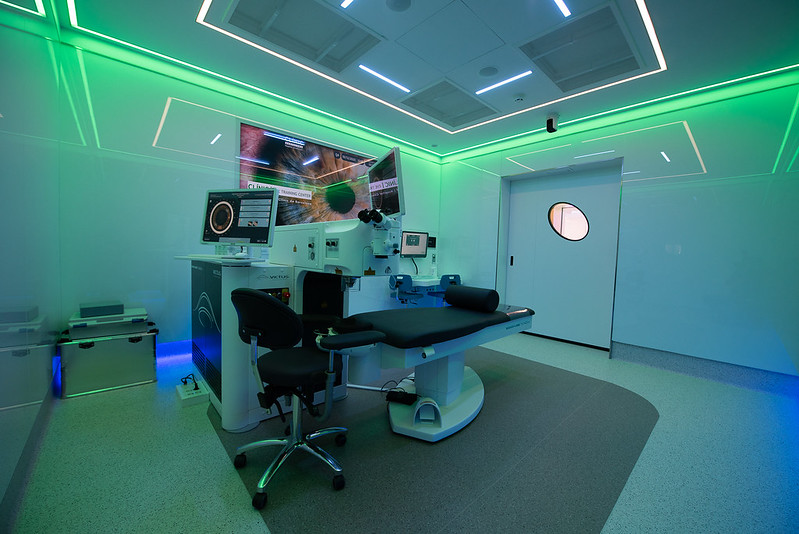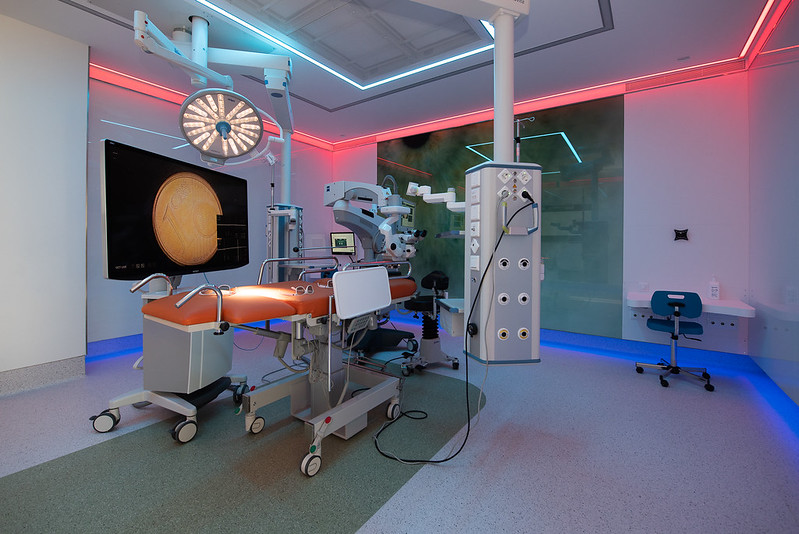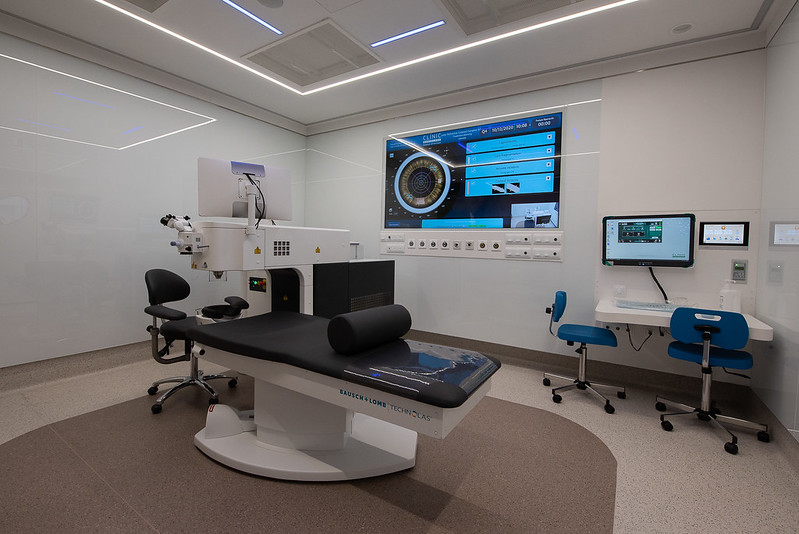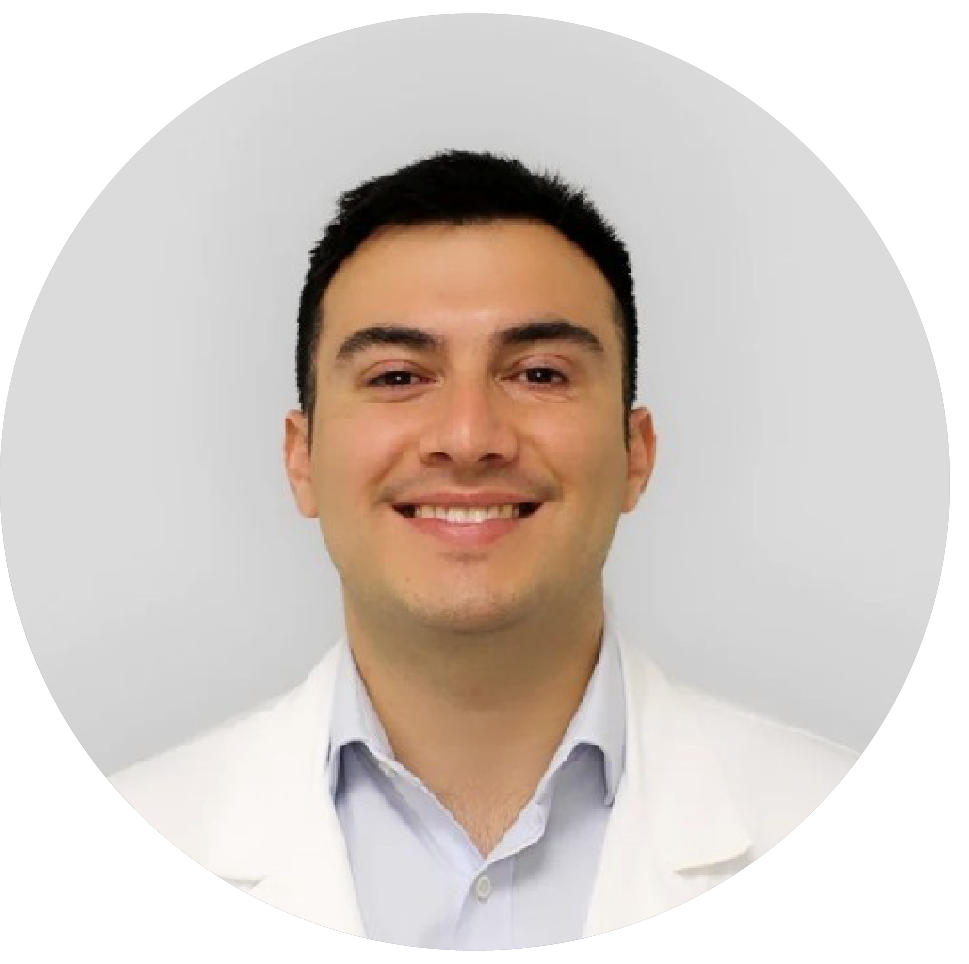THE VALUE OF GÕOD EYESIGHT
REFRACTIVE SURGERY WITH LASER
Laser refractive surgery consists in changing the shape of the cornea with a laser (LASIK, FEMTO-LASIK, PRK, etc.) with the aim of correcting refractive defects: myopia, hypermetropia, astigmatism or even presbyopia. Refractive surgery is one of the best-known options for correcting vision problems, the best alternative to wearing glasses or contact lenses.

At visiõnclínic we deploy the latest technology for laser refractive surgery, meaning we can offer a highly versatile range of services. With our combined femtosecond laser and excimer laser platform we can treat refractive defects in patients from their 20s to their 90s.
Dr. Josep Torras Sanvicens
Ophthalmologist specialist in laser refractive surgery
TYPE OF LASER REFRACTIVE SURGERY
FEMTO-LASIK SURGERY
In laser refractive surgery, known as FEMTO-LASIK, we first use a femtosecond laser. At visiõnclinic we have the most precise femtosecond laser currently available: it works in one thousand trillionths of a second and accurately reproduces the microincisions, previously designed by the surgeon on the computer. With this laser, we create a window in the anterior part of the cornea.
At a second stage, through the window created with the femtosecond laser, we modify the curvature of the cornea using a second laser, the excimer laser. Our excimer laser is also state-of-the-art, and generates an invisible, cold ultraviolet light that, instead of cutting or burning, generates enough energy to separate tissue molecules. Once the curvature of the cornea has been modified, eliminating the refractive defect, the window that was made with the first laser is restored to its initial position.
PRK SURGERY
In some patients, it is not possible to perform FEMTO-LASIK refractive surgery as their cornea is thin. In these cases, we use the PRK surgical technique: the most superficial layer of the cornea, known as the epithelium, is removed and the corneal curvature is modified with the excimer laser. Subsequently, a contact lens is placed until the epithelium grows back covering the modified corneal surface.
Both FEMTO-LASIK and PRK refractive surgery are outpatient, painless and short procedures, lasting between 10 and 15 minutes. To carry them out, only a topical anaesthetic is needed, previously administered in the form of drops. After the operation, vision will be blurry, but the day following the operation vision is usually good enough to carry out a normal life, and will continue to improve in successive days.
SURGERY FOR PRESBYSIA SUPRACOR PRESBILASIK
The Supracor excimer laser algorithm is able to safely and effectively modify the corneal curvature in selected patients, offering improved near focus and therefore independence from glasses when strained or presbyopic vision occurs around the age of 40.
OUR LASER
At visiõnclínic+ we use state-of-the-art technology, both in terms of the femtosecond laser and the excimer laser. We use the VICTUS™ femtosecond laser from Bausch & Lomb®. It is the latest generation of this type of laser and offers great versatility, performing both intraocular surgery (cataract surgery with premium multifocal lenses) and corneal/refractive surgery. A laser that stands out for its speed – it is one of the fastest on the market – and safety.
We also work with a TENEO™ 317 Model 2 excimer laser, from Bausch & Lomb®, also the fastest on the market in its category. In addition, it allows treatments that no other laser previously performed, especially with regard to presbyopia.
Our combined femtosecond laser and excimer laser platform allows us to treat patients from their 20s to their 90s.
WHAT IS REFRACTIVE SURGERY USED FOR?
MYOPIA

Myopia appears when the eyeball is slightly longer than normal or when the cornea is very curved. The light rays then focus on the front of the retina, causing blurred vision.
HYPERMETROPIA

Hypermetropia occurs when the eyeball is too short or the cornea too flattened, causing light to focus behind the retina. This makes near vision, and sometimes far vision, blurry.
ASTIGMATISM

Astigmatism occurs when the cornea curves or flattens unevenly in the meridians, altering the focus of near and far vision.
PRESBYOPIA

Presbyopia is a natural process in which, over the years, the exhaustion of an internal muscle of the eye causes the lens to be unable to change its curvature and the ability to focus is lost.
FIRST VISIT AND CASE STUDY
Before laser refractive surgery, we must carry out a thorough preliminary study to rule out contraindications to the intervention and determine the best technique for each patient.
DO YOU WANT TO STAY UP TO DATE ON OUR LATEST TREATMENTS, NEWS AND OFFERS?
VISIÕNBLOG

Dry eye syndrome: what are the best treatments?
Dry eye is one of the most common eye diseases. Although it is chronic, fortunately, we have many therapeutic alternatives to improve the patient’s quality of life and make their symptoms disappear. Josep Torras, our ophthalmologist specialising in cornea and dry eye, details the therapeutic ladder available to achieve this.

Pars planitis, a common eye inflammation in childhood
Pars planitis is an inflammation of a specific part of the eye called the pars plana, located in the most peripheral part of the retina. With very typical clinical signs, it is common to suffer from it in childhood. About prognosis and treatment options we spoke with Dr. Alfredo Adan, specialist in uveitis at visiõnclinic+.

First EyeWatch drainage implant in our country, the most advanced in glaucoma surgery
We performed the first EyeWatch glaucoma drainage implant in Catalonia and the third in Spain! “This is the most cutting-edge glaucoma surgery that currently exists,” tells us Elena Milla, the surgeon who performed it and one of the glaucoma specialist ophthalmologists on the Visiõnclinic+ medical team.









